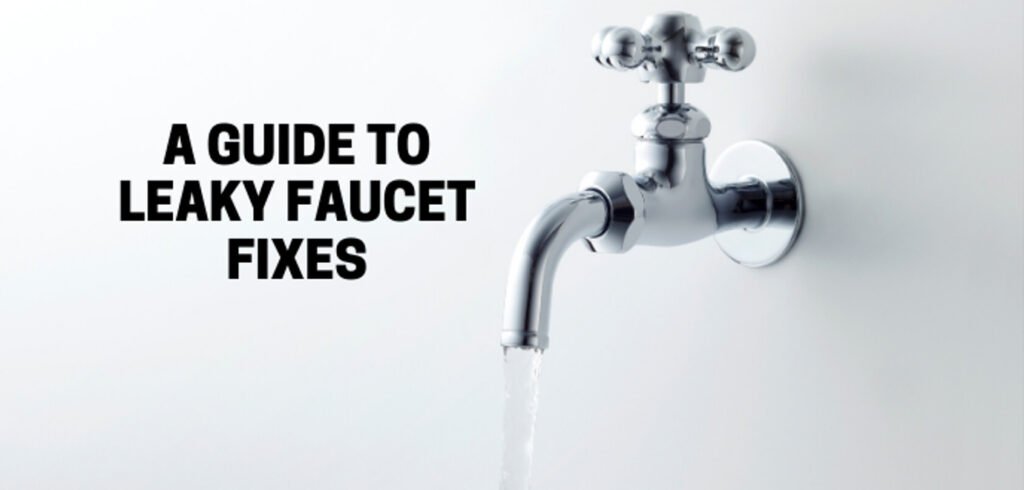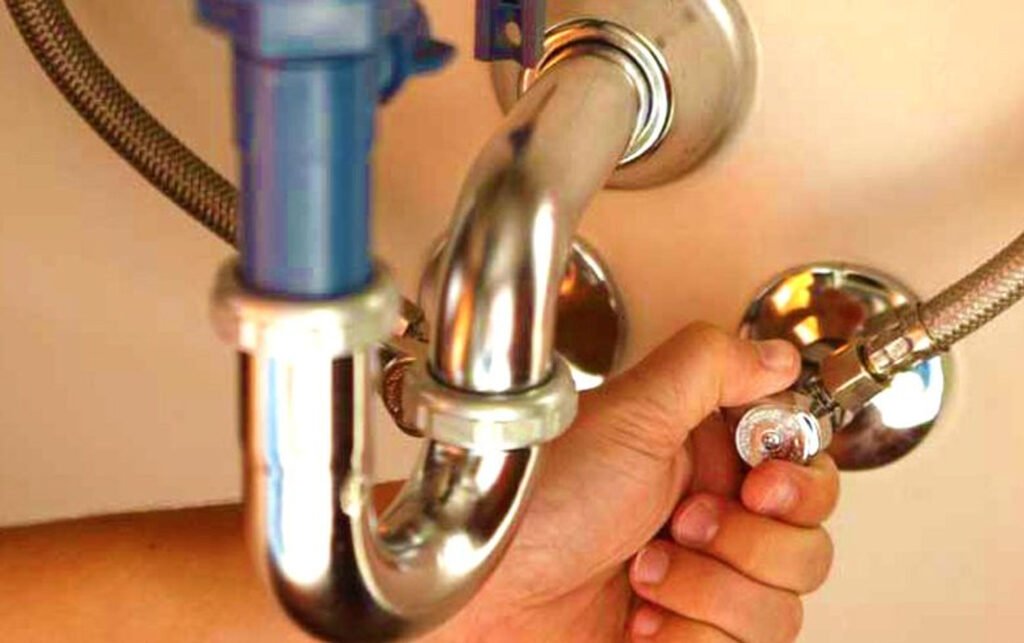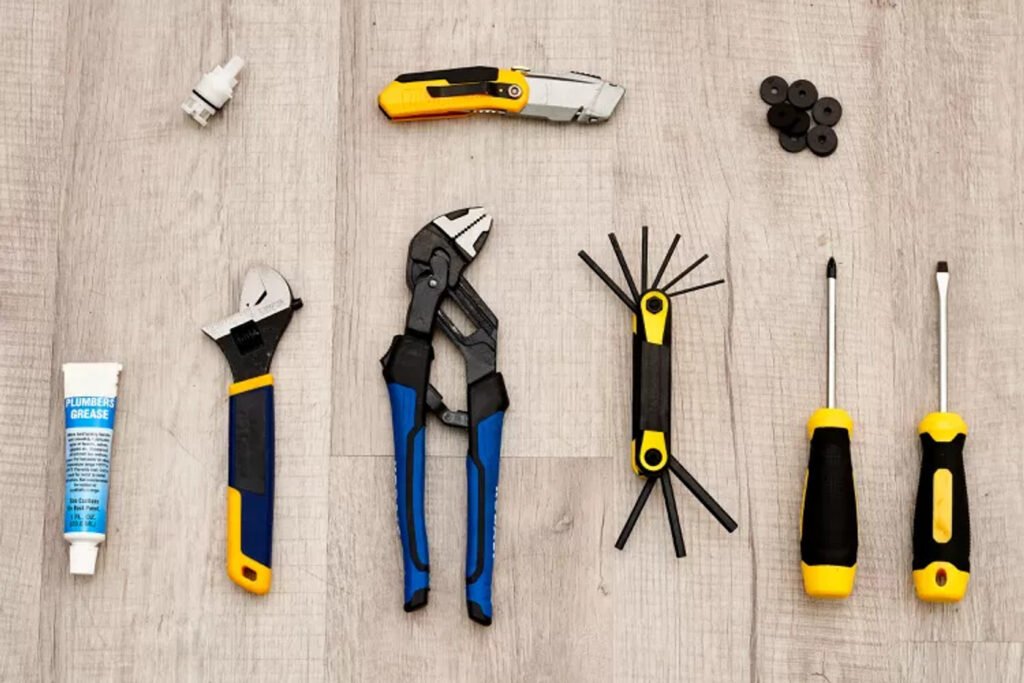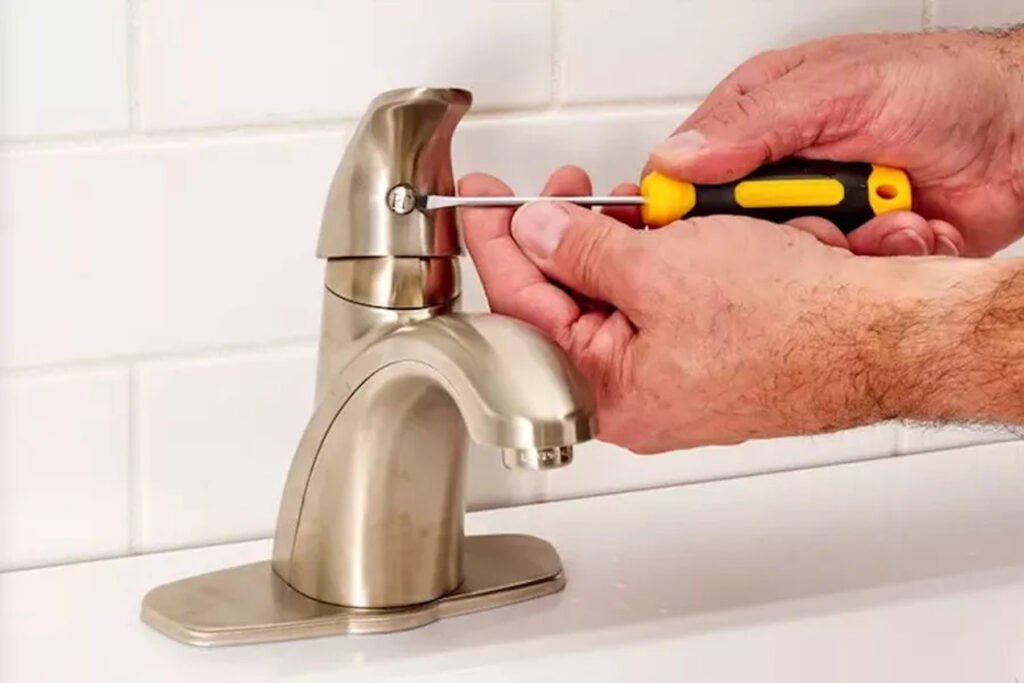Understanding the Flow: Faucet, Mixer, and Tap Explained
Water access is one of the essential components of our daily lives. From quenching thirst to ensuring hygiene, the mechanisms providing this access are vital. Among these, the terms “faucet,” “mixer,” and “tap” often emerge, sometimes used interchangeably. But what do they indeed mean? Let’s dive into the details.
Faucet: More Than Just a Spout
A faucet is a device that controls water flow from a pipe. Its primary function is to regulate water release, whether in the kitchen sink, bathroom basin, bathtub, or garden.
- Components of a Faucet: A faucet usually consists of a spout, handle or knob, and a valve. The handle opens or closes the valve, thereby controlling the water flow.
- Varieties: Modern faucets come in many styles, materials, and functionalities. The options are vast, from motion-sensing faucets that are touchless to those with intricate designs for aesthetic appeal.
Mixer: Balancing Hot and Cold
While a faucet controls the release of water, a mixer plays a slightly different role. It combines hot and cold water from two separate inlets into one outlet, ensuring the water is at the desired temperature.
- Components of a Mixer: A mixer typically has two knobs or levers, one for hot water and one for cold water. When both are opened, they allow the hot and cold water to combine and produce water at a mixed temperature.
- Advantages: The primary benefit of a mixer is its ability to provide water at the exact desired temperature, which can be crucial for tasks like showering, washing dishes, or filling a bathtub.
Tap: The Universal Controller
In many contexts, especially in the UK and some other countries, the word ‘tap’ refers to faucets and mixers. Essentially, it’s a device that controls the release of a liquid or gas.
- Usage: While in many places, “tap” specifically refers to water outlets, in some contexts, it can also refer to devices that control the release of other liquids or gases. For instance, one might “tap” a keg of beer.
- Varieties: Like faucets, taps also come in many designs and functionalities. There are pillar taps, mixer taps, and even taps designed for specific purposes like providing filtered drinking water.
While related and sometimes used interchangeably, the words faucet, mixer, and tap have specific meanings and functions. Understanding these can aid in making informed choices when equipping a home or any other space with water access. Knowing the difference can significantly influence your decision whether you’re looking for a simple mechanism to access water or a sophisticated system that allows temperature control. The distinctions between faucet, mixer, and tap might seem minuscule, but they carry importance in plumbing, construction, and interior design. All mixers and faucets can be taps, but not all taps are mixers or faucets. It’s all about the specific functionality and regional terminology. Regardless of the term used, the primary goal remains to efficiently and effectively deliver water or another liquid or gas.
Benefits
3,000 gallons of water per year. Sounds like a lot, right? Well, that’s the amount wasted from just one leaky faucet. Water damage is not only annoying but can also be costly if ignored.
Don’t fret if encountering a dripping faucet – there are easy solutions. This guide will demonstrate how to fix a leaky faucet. Let’s begin!
What you’ll need to fix a leaky faucet, you’ll need the following supplies:
- A Phillips head screwdriver
- A pair of pliers
- Teflon tape
- A new washer (if needed)

Why is your tap dripping or leaking water?
Why is your faucet leaking or dripping? Generally speaking, leaks are caused by two conditions.
Worn-out sink cartridges
If you notice water stains on your sink, it is most likely caused by an aged sink cartridge. A sink cartridge creates a neoprene seal when it is rotated to prevent water from flowing out of the faucet. However, the seal will not work well if aged, resulting in water leakage. You can fix this problem but you must install the new cartridge in the exact location.
Worn compression faucet washers
When you rotate the faucet, the washer creates a seal that prevents water from flowing out of the tap. But as time passes, it may deteriorate and crack. If this is the problem, visible water stains will usually tell you it has started to fail. To fix the problem, use a new pressure-tapered washer bolt to hold it.
In short, if your cartridge faucet is leaking or not working as well as it used to, be sure to have it repaired or reinstalled with a new one. This way, you can avoid unintended consequences.
Tips
Compression valve stem gaskets are usually sold in inexpensive kits that include 10 to 15 gaskets of various sizes and screws of different sizes. This allows you to use the gasket and set screws that fit your faucet.
The kit will also have a small tool to help you tighten the screws. Please read the directions carefully before starting to avoid damaging the faucet.
How to Turn Off the Water Faucet

Before beginning any water faucet repair, you must turn off the water. Although it seems like a minor detail, it could result in expensive problems if done incorrectly. Here is a quick guide on the proper way to turn off your water faucet:
First, locate the main water shut-off valve for your home. This is usually located near the water meter or central water supply line. Once you’ve found it, turn the valve clockwise until fully closed.
Next, open up the faucet you’ll be working on and allow all the water to drain. Once the water has stopped flowing, close the tap.
Return to the main shut-off valve and turn it counterclockwise until it’s fully open. This will allow any remaining water in the pipes to drain out.
Finally, close the faucet you were working on and turn the main shut-off valve clockwise until it’s fully closed. You’re now ready to start your repair work!
Equipment / Tools

- Adjustable wrench
- Channel-lock pliers
- Set of Allen keys
- Flathead screwdriver
- Phillips-head screwdriver
- Utility knife
Materials
- Replacement faucet cartridge (if needed)
- Silicone faucet plumber s grease
- Kit of assorted stem washers and screws
Repair of cartridge faucets
AMRE Supply
Remove the handle.
To do this, you’ll need to shut off the water and block the drain so that no water can escape while you’re working. Once the water is turned off, remove the screw holding the handle. In most cases, this will be a Phillips head screw, but it could also be a hexagonal or flathead screw. Once the screw is removed, pull the faucet handle ****straight off. If it’s stuck, use a flathead screwdriver to pry it loose.
Loosen the fixing nut.
Find the thin locking nuts that will secure the sink in place. Put them around the adjusting wrench and turn them counterclockwise to loosen them. Take off the remaining nut by hand.
Remove the sink cartridge.
With the handle removed, take a look at the cartridge. In many cases, you’ll see whether it’s damaged or dirty. If it’s dirty, you can try cleaning it with white vinegar or soap and water. If that doesn’t work or the cartridge is visibly damaged, you must replace it.
To remove the old cartridge, unscrew the retaining nut that holds it in place. Once the nut is loose, pull out the cartridge and discard it.
Apply silicone grease
Use your finger to apply a small amount of plumber s grease onto the body of the replacement cartridge faucet.
Insert replacement cartridge
To install the new cartridge, insert it into the faucet body and hand-tighten the retaining nut until it’s snug. Once the cartridge is in place, turn on the water and check for leaks. If there are any leaks, tighten the nut a little bit more until they stop.
Mounting handle
Finally, put the handle back on and screw it in place.
Test water flow
Turn on the water valve. Allow the faucet to run for 60 seconds, then turn it off. Check for any leaks.
Repair of compression taps
Remove the handle
To remove the handle from a compression tap, unscrew the handle screw with a Phillips head screwdriver. If the handle is stiff, you may need a pair of pliers to loosen it.
Remove the valve cover.
After removing the handle screw, pull the handle off the tap. If there is a valve cover, take it off next, along with the valve stem assembly.
Remove the packing nut.
Start by unscrewing the packing nut screws with a Phillips head screwdriver to remove the packing nut. After you unscrew the packing nut, it should quickly come off the tap.
Remove the stem packing.
With the packing nut removed, you can now remove the valve stem packing. To do this, pull the stuffing out of the tap.
Install the new packing.
Now that the old packing has been removed, you can install the new packing. Begin by lubricating the new packing with water or plumbers’ grease.
Install the new packing.
Once the new packing is lubricated, please insert it into the tap and hand-tighten the packing nut until it is snug against the packing.
Replace the valve cover (if there is one)
Replace the valve cover and reassemble the Tap handle. Hand-tighten all screws until they are snug against their respective components.
Tips:
- It is important not to over-tighten any screws or nuts when reassembling your compression tap, as this could damage the seals or cause leaks.
- Suppose your compression tap leaks after following these steps. Replacing worn or damaged parts such as O-rings or replacing the seat washer may be necessary. Consult a professional if you need help with how to proceed.
When to replace a leaky faucet instead of fixing it

A leaky faucet can be a nuisance, dripping water and wasting resources. In some cases, replacing the entire fixture may be best rather than attempting to fix the leaks. Here are some things to think about:
The type of faucet
Replacing an older model or specialty faucet might be difficult, so in this case, it is more cost-effective to replace the unit.
The severity of the leaks
If the leaks are small, they can often be repaired with replacement washers or replace the o ring. However, if the leaks are more severe, they may require extensive work that is best left to a professional.
The frequency of repairs
If you constantly patch up your faucet, it may be time for an upgrade. In the long term, you will save time and money with a newer model that is more reliable.
Taking care of a leaky faucet quickly is key to preventing more water damage.
The faucet was used for 10 to 20 years.
If your kitchen faucet is over a decade old, replace it. Older models are less efficient and don’t meet current water conservation standards. Operating an old faucet wastes water and drives up your bills— replacing it with a new model can save you money while conserving resources.
Maintenance costs are too high.
It’s always tough to weigh the cost of maintaining something versus simply biting the bullet and replacing it. Often, unless you’re only dealing with replacing a few washers here and there, it’s usually not worth your time trying to fix a cheap faucet. However, an expensive one is typically worth repairing a leaky faucet.
The price tag on the replacement parts is generally the key component, as this tends to be the costliest piece. Most faucet cartridge costs oscillate between $5 and $20
If the repair will only cost a few dollars, it is probably not worth your time to do it yourself. You can hire a professional plumber from local.
However, if you are handy and have some basic plumbing skills, you can often repair yourself for less than the cost of hiring a professional. In addition, doing it yourself can be satisfying and give you a sense of accomplishment.
So when faced with the decision of whether or not to repair or replace your faucet, weigh all the factors carefully before making a decision.
Wrapping up
A leaky faucet can be a nuisance, wasting water and driving utility bills. In some cases, it may be more cost-effective to replace the entire fixture rather than trying to fix the leaks. When making this decision, consider the type of faucet, the severity of the leaks, the frequency of repairs, and maintenance costs. If you have a leaky faucet, take action as soon as possible to prevent further damage.
Hofen Sanitary, with 20 years of manufacturing sanitary hardware experience. If you want to know more about faucets or other products, please contact us.

